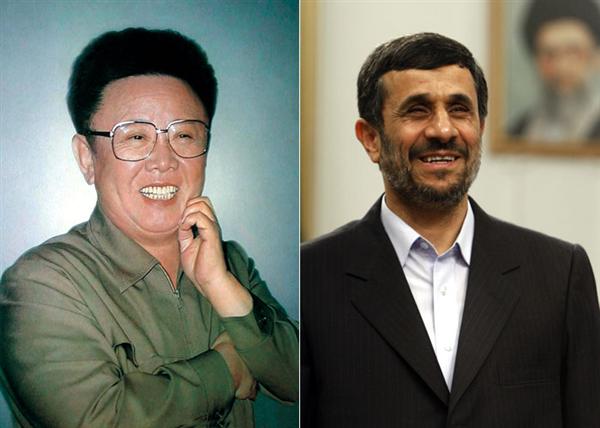
Often in United States Foreign Policy, we analyze a one-sided view of international relations. However, it is worthwhile to view motivations from the point of view of the “rogue” state. By doing this, we are better able to form opinions and make foreign policy decisions.
Dr. Akan Malici, Furman University professor of political science, offers an interesting outlook on rogue state actions. Essentially, rogue actions are not always initiated by a motive or expressed threat, but are instead a response to U.S. action or the international environment. Dr. Malici’s article, “Rogue States: Enemies of Our Own Making,” offers a few anecdotal examples. I will summarize the view of Iran.
The Central Intelligence Agency (CIA) had been conducting covert operations in Iran since the 1940s. The strength of the operations increased when in 1950 Mohammed Mosaddeq was democratically elected Prime Minister. U.S. Government officials, fearing losing control of the Middle Eastern oil industry and Iran to communism, took part in toppling the Mosaddeq Administration. Mosaddeq was replaced with the Shah, who had a tumultuous tenure as the leader of Iran until the 1979 revolution.
Presently, Iran is located in a region that is not entirely stable. The country has seen its neighbor Iraq overcome by U.S. forces. With this information in mind, Iran’s desire for nuclear capabilities may not be solely offensive, but partially defensive. I am not suggesting that I believe Iran should have nuclear capabilities, or that their desires are completely warranted. I am however indicating a need to review our relationships with rogue nations a little more closely. If our government has in the past or will continue to operate from the viewpoint that Iran is and has always been the sole aggressor, then we may be doomed to repeat diplomatic blunders.
Read and listen to my next post where I discuss the topic of rogue states with Dr. Malici.
Mosaddeq Photo Source, Shah Photo Courtesy of the Associated Press



